I’ve spent the past few weeks squirrelling away seeds. They fill my pockets, spill in fat heaps from the kitchen table, tumble from trays, bowls, bags, saucers and paper envelopes into which they’ve been hurriedly pushed. I feel like a mistle thrush beadily searching for ripe autumn berries, all eyes on that precious harvest before it spoils.
Both Brexit and the pandemic have done a lot to heighten that sense of urgency, the abrupt inaccessibility of many one-time favourite seed suppliers offering painful proof of the precariousness of the global seed supply system.
In particular, sourcing seed from brilliant specialist suppliers in the UK and the US has become an expensive, time-consuming, bureaucratic nightmare, where looking at their online catalogues now feels akin to staring longingly across a horticultural Berlin Wall. It’s all very sad and infuriating – how did we so quickly get to this? But it’s also a valuable wake-up call, reminding us gardeners of the importance of seed sovereignty. Home-saving seed is a big part of the solution, allowing us to play a role in supporting biodiversity and preserving heirloom varieties while ensuring that a reliable supply of fresh, free, viable seed of many of our favourite plants is easily to hand.
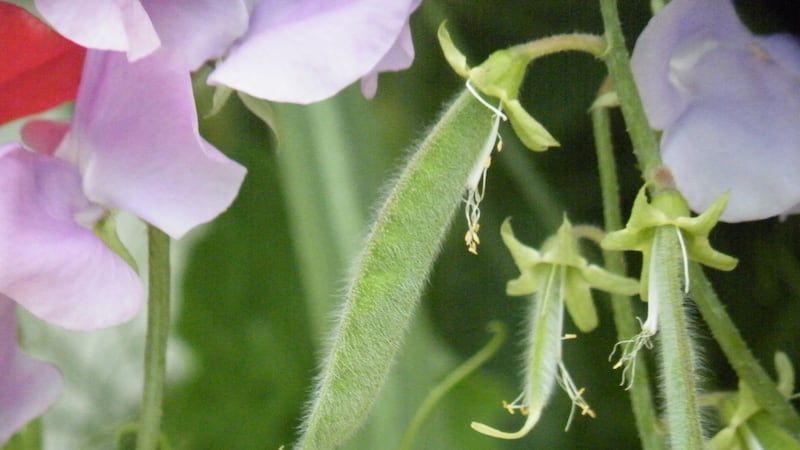
I say "many" rather than all, because not all plants are suitable for home seed-saving. A small percentage are sterile, for example, so don't produce viable seed. Others are highly-bred modern hybrid varieties (plants with F1 or F2 after their varietal name) whose seed is produced under very controlled growing conditions, the very opposite of traditional, open-pollinated varieties such as those championed by the Irish Seed Savers Association and Cork-based Brown Envelope Seeds. These hybrids won't come true from home-saved seed, instead producing progeny quite different from the parent plant. But if rigid uniformity is not your thing (it's not nature's thing either), then there are lots of garden-worthy plants – trees, shrubs, perennials, biennials, annuals, alpines, herbs, vegetables, ornamental grasses – whose open-pollinated seed is eminently suitable for home-saving at this time of year.
Collection
How can you tell when the seed is ready to be collected? Firstly, bear in mind that the process of setting seed is one that takes place over several months but starts as soon as the first flowers have been pollinated. So you’ll often find both ripe seed heads and fresh flowers on the same plant at this time of year. Also bear in mind that seeds come in a rich variety of shapes and sizes, some neatly packed in seed pods and capsules or cunningly concealed in fruit, nuts and berries.
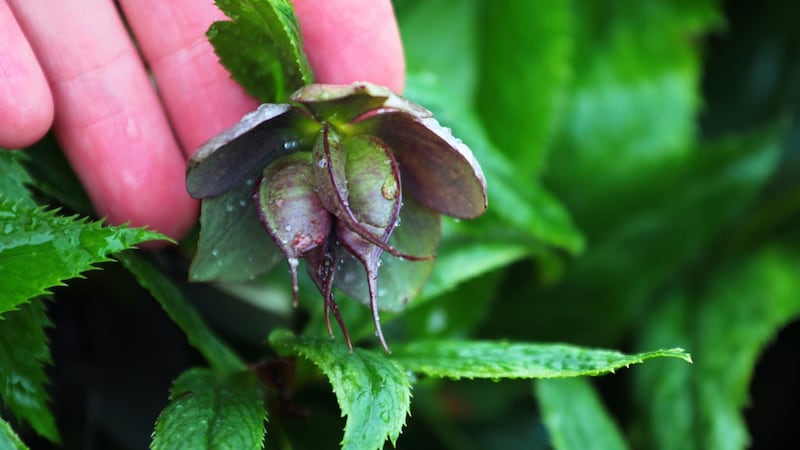
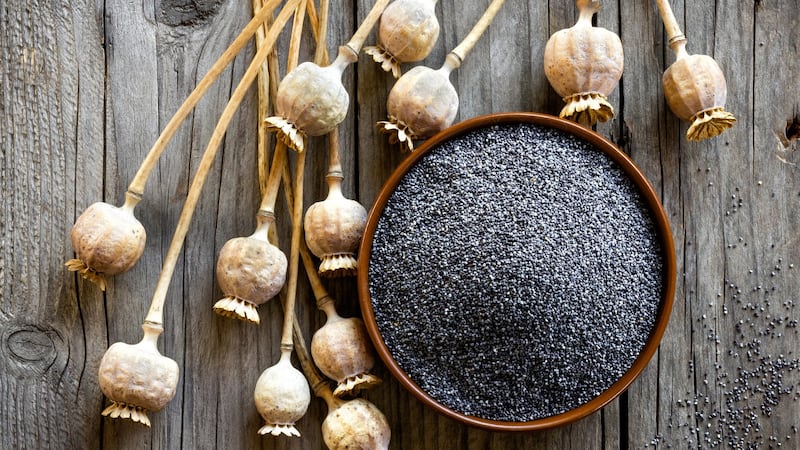
A classic example is annual sweet pea (Lathyrus odoratus), seed of which can be found in the plump seed pods forming on mature plants at this time of year. A reliable indicator of their ripeness is the colour and feel of the pods, which should be pale yellow/ light brown and firm but slightly brittle to the touch while the seeds themselves should be firm and dark brown/black rather than soft and green. The same goes for the seed pods/ seed heads of many other kinds of annuals that can be harvested in late summer/ early autumn including the opium poppy (Papaver somniferum), love-in-a-mist (Nigella), morning glory, corncockle (Agrostemma), orlaya, pot marigold (Calendula), cosmos, zinnia, African marigold (Tagetes), coriander and dill.
Careful timing of your seed harvest is key, not only in terms of collecting it at the point of optimum ripeness but also before hungry birds and insects devour it, or it spills to the ground or gets spoiled by autumn showers. So choose a still dry day to harvest when the seed isn’t soaked by rain or dew (too much moisture raises the risk of decay setting in) and when gusty winds won’t whisk it out of your hand. Bring plant labels, paper bags and an indelible, fine-tipped marker with you, making sure to give each variety/ species its own separate bag and a label with a name or description plus the date and location of where it was harvested.
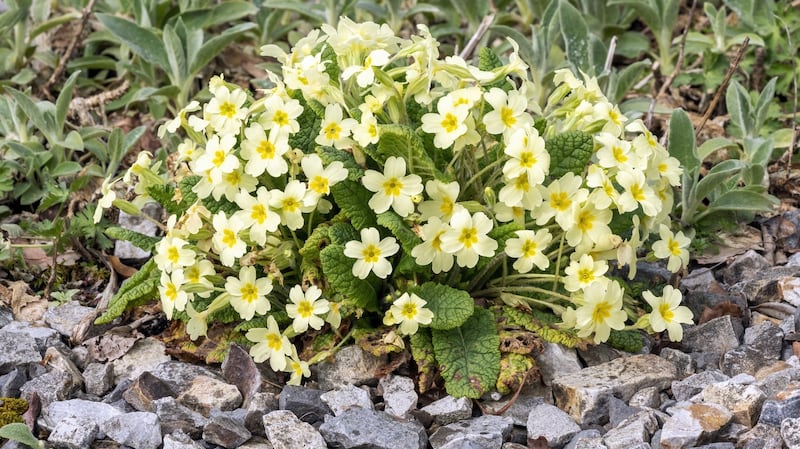
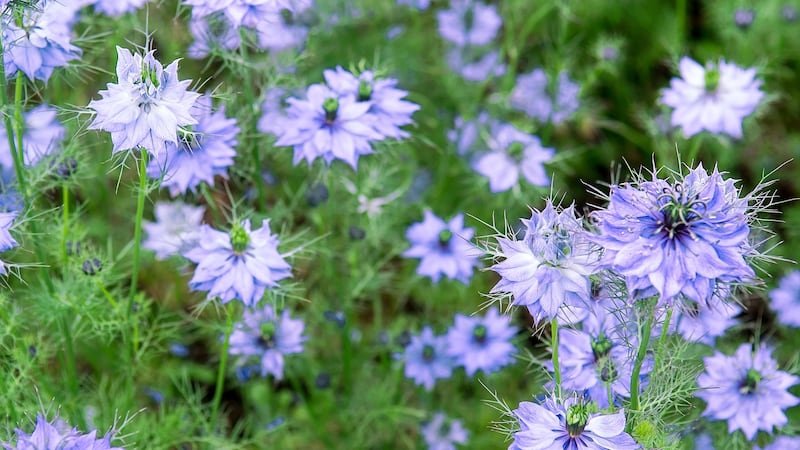
If you’re harvesting seed outside your own garden or allotment, always make sure to ask permission. Many garden owners will be happy to share the treasure trove that’s ripening in their plots at this time of year but only if harvesting is done respectfully, gently and knowledgeably without damage to their plants. For reasons of protecting and preserving biodiversity, don’t harvest in the wild unless you have the permission of the landowner and even then, only harvest very small amounts. Avoid harvesting seed of weak or sickly plants; ideally the parent plants should be strong, vigorous, disease-free specimens that will pass those same genes on to their offspring.
Preparation
How to prepare your harvested seed for storage? As a general rule, freshly harvested seed should be put somewhere dry, still, warm (but not hot) and out of direct sunshine until it finishes drying out, a process that usually takes anywhere from a few days to a few weeks. If the seed heads are large or bulky, they can be placed in trays or hung upside down over some sheets of newspaper or garden fleece so that the seed can be easily collected as it spills. Once dried, the harvested seed can be placed into individually labelled paper envelopes in an airtight container in a cool, dark, dry place until you want to sow it.
Exceptions include those species whose seed should be sown as soon as it’s ripe (examples include primula and hellebore) as otherwise it quickly stops being viable. There are also certain species whose seed hates to dry out (for example, oak, walnut, magnolia) so these should instead be stored in a bag of slightly damp sand or vermiculite until you’re ready to sow them.
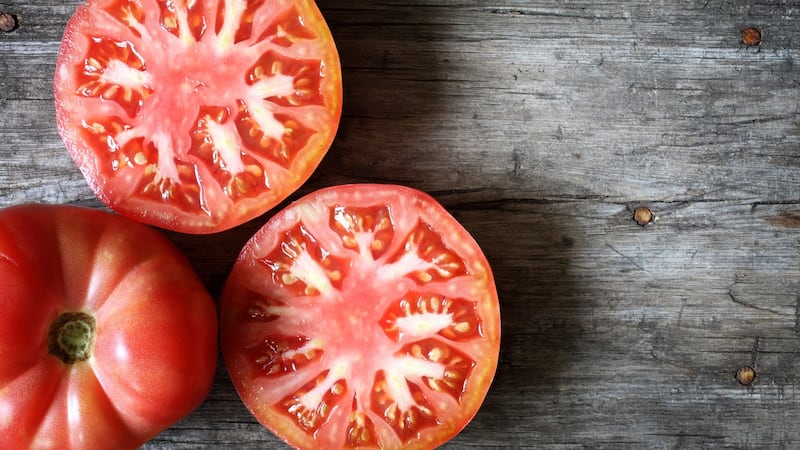
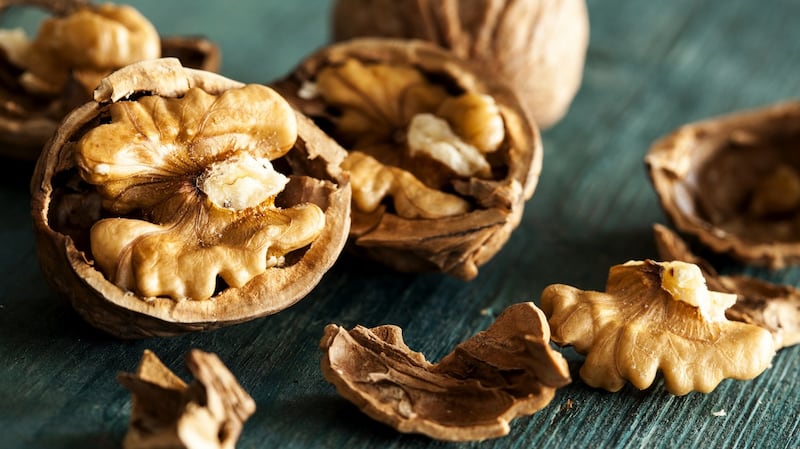
Other species need a little more work to prepare their seed for storage, a classic example being tomatoes. In this case you need to cut the fruit into quarters, squeeze the juicy inner flesh into a small bowl, add a generous splash of water and then leave it somewhere warm and dry for three to four days to ferment, a process that helps to break down the gelatinous coating on the seeds. At this stage a slightly nasty-looking coating will have formed on the surface of the water, which should be gently removed before pouring the mixture into a sieve and rinsing it under a tap. You’ll then be able to clearly see the individual seeds, which should be placed on a saucer or sheet of kitchen paper and left to dry for a few days before being carefully stored as described above. Kept this way, seed remains viable for anywhere from a year to several decades, depending on the species.
Along with helping to build a resilient seed system, promoting and preserving genetic diversity and saving you money, one of the great joys of saving seed is sharing that generous bounty with other gardeners. So do what you can to share the love. This way it becomes the gift that keeps on giving.
For more information on how to save seed from your garden or allotment, see the websites of the Irish Seed Savers Association and Seed Savers Exchange The Irish Garden Plant Society also does sterling work in collecting plant seed which is available to its members.
This Week in the Garden
Order/ buy spring-flowering bulbs before stock of favourite varieties runs out. Recommended suppliers include all good garden centres plus specialist online suppliers such as mrmiddleton.com, bulbs.ie and fruithillfarm.com, all of which stock a selection of organic and/or sustainably-produced bulbs. Always do your best to choose big, plump, blemish-free bulbs as these will establish quickly, flower better and are unlikely to carry diseases into your garden or allotment.
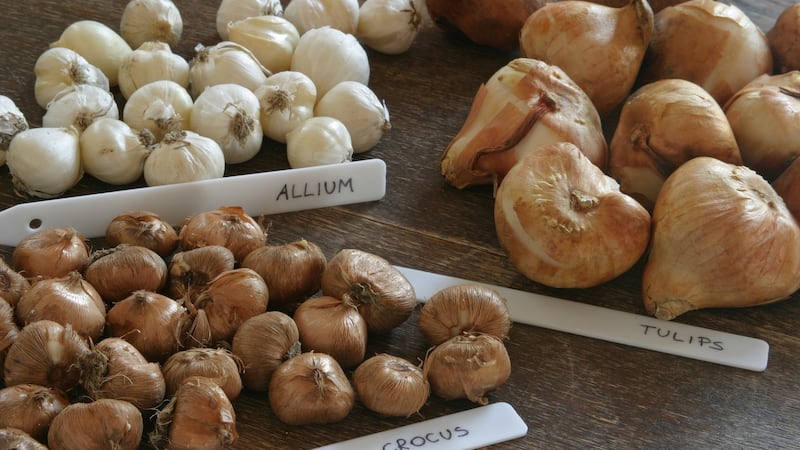
Sow seed of hardy flowering annuals this month to give you well-established, larger, early flowering plants for next summer. Suitable examples include larkspur (Consolida ajacis) , orlaya, ammi, nigella, honeywort (Cerinthe major) and cornflowers (Centaurea cyanus). Recommended seed suppliers include all good Irish garden centres plus online suppliers such as mrmiddleton.com and seedaholic.com
Dates For Your Diary
September 12th, Open & Plant Sales Day at Fruitlawn Gardens, Abbeyleix, County Laois (R32 W5W7), the home of garden designer Arthur Shackleton, admission €5, under-12s free, see arthurshackleton.com for details. The well-known organic gardener and garden writer Klaus Laitenberger is starting a series of fortnightly online gardening classes from the third week in September until mid-February in which he'll be following the gardening year. Filmed and streamed live by a professional filmmaker, the cost is €70 for 10 classes, email klauscourse@gmail.com for further details or to book a course.











